The world's top mobile network maker Ericsson said on Tuesday it expected operators would begin to launch the ultra-fast HSDPA mobile networks at the end of this year with a mass market in 2006. HSDPA, which stands for High-Speed Downlink Packet Access, will offer download speeds several times higher than current 3G networks, cutting downloading times on mobile devices from minutes to seconds. "We foresee a mass market with HSDPA implemented in 2006," Mikael Back, vice president of Ericsson 3G networks unit said.
Initially it will be mainly laptop users enjoying the mobile broadband through cards inserted into their personal computers, he said.
"The (3G) networks will be upgraded in the second half of 2005. Initial HSDPA terminals, PC cards, supporting up to 3.6 Mbps, will be available at the same time," Back said. "In early 2006, HSDPA will most likely be introduced in smartphones."
Back told a news conference that most operators who have already invested in a WCDMA 3G network, would also eventually upgrade to HSDPA, which worked like a turbo charger on the regular 3G network.
The maximum transmission speed for HSDPA is 14 Mbps, with Ericsson trials in Cannes showing 9-11 Mbps.
Such wireless speeds, now unmatched by most PCs connected to a fixed broadband network, would allow operators to offer live TV streaming to customers and encourage the use of data services on mobiles, now still tiny compared to voice, Back said.
More data services in the network will drive demand for more capacity in the networks, analysts said, helping increase equipment makers' sales this year, when market growth is seen slowing to a few percent from double digit growth in 2004.
Ericsson's Chief Executive Carl-Henric Svanberg reiterated at the conference the company saw its operating margin sustainable in the "high teens" in the longer term, down 24 percent in the fourth quarter, but also repeated the firm was "not planning for a decline".
Ericsson's Chief Technology Officer Hakan Eriksson told the news conference mobile subscribers would be easily drawn to the mobile TV service on HSDPA networks.
BR100
15,103
Increased By
140.9 (0.94%)
BR30
42,619
Increased By
540.8 (1.29%)
KSE100
148,196
Increased By
1704.8 (1.16%)
KSE30
45,271
Increased By
438.2 (0.98%)


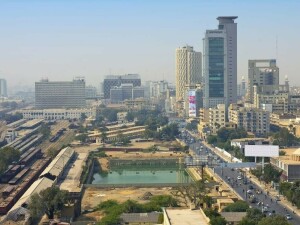


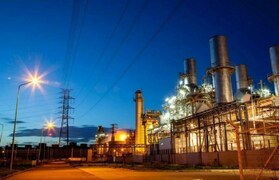




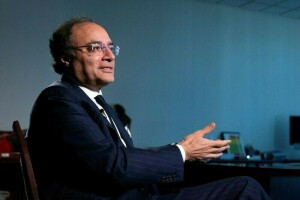

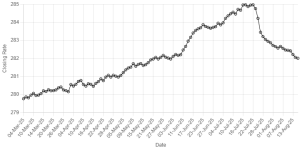
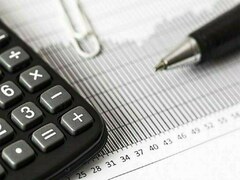

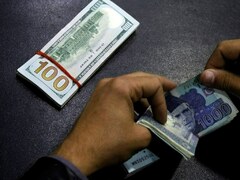
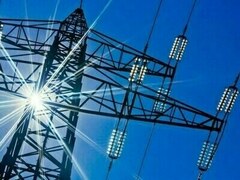


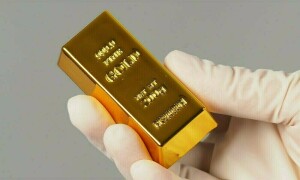
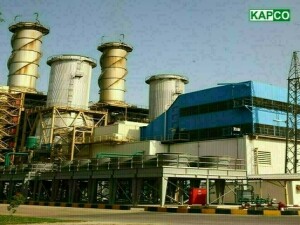

Comments
Comments are closed.